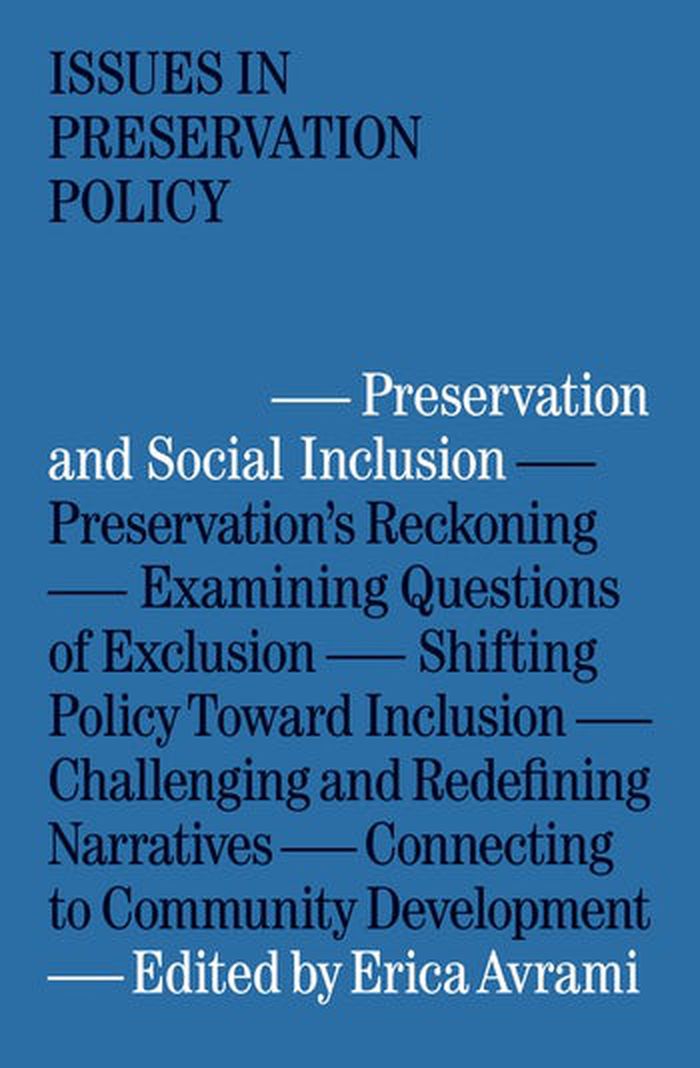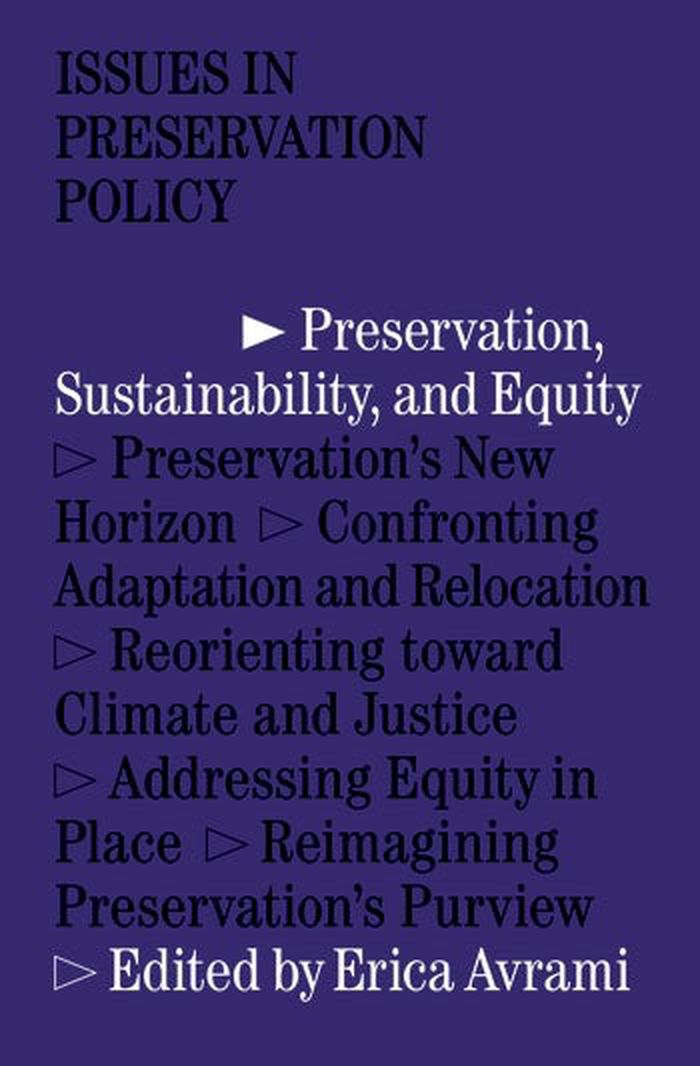$38.50
(available to order)
Summary:
Over the past fifty years, preservation policy has evolved very little, despite escalating accusations that landmarking and historic districting can inhibit affordable housing, economic development, and socioeconomic diversity. The potential to understand these dynamics and effect positive change is hindered by a lack of data and evidence-based research to better(...)
Preservation and the new data landscape
Actions:
Price:
$38.50
(available to order)
Summary:
Over the past fifty years, preservation policy has evolved very little, despite escalating accusations that landmarking and historic districting can inhibit affordable housing, economic development, and socioeconomic diversity. The potential to understand these dynamics and effect positive change is hindered by a lack of data and evidence-based research to better understand these impacts. One of the biggest barriers to preservation research has been the lack of data sets that can be used for geospatial, evidence-based, and longitudinal analyses. This first book in the series ''Issues in Preservation Policy'' explores the ways that enhancing the collection, accuracy, and management of data can serve a critical role in identifying vulnerable neighborhoods, understanding the role of older buildings in economic vitality and community resilience, planning sustainable growth, and more.
Archive, library and the digital
$39.95
(available to order)
Summary:
The preservation enterprise helps fashion the physical contours of memory in public space, and thus has the power to curate a multidimensional and inclusive representation of societal values and narratives. Increasingly, the field of preservation is being challenged to consider questions of social inclusion, of how multiple publics are—or are not—represented in heritage(...)
Preservation and social exclusion
Actions:
Price:
$39.95
(available to order)
Summary:
The preservation enterprise helps fashion the physical contours of memory in public space, and thus has the power to curate a multidimensional and inclusive representation of societal values and narratives. Increasingly, the field of preservation is being challenged to consider questions of social inclusion, of how multiple publics are—or are not—represented in heritage decision-making, geographies, and governance structures. Community engagement is increasingly being integrated into project-based preservation practice, but the policy toolbox has been slower to evolve. Recognizing how preservation and other land use decisions can both empower and marginalize publics compels greater reflection on preservation’s past and future and collective action beyond the project level. This requires professionals and institutions to consider systemic policy change with integrity, sensitivity, and intentionality. Bringing together a broad range of academics, historians, and practitioners, this second volume in the Issues in Preservation Policy series documents historic preservation’s progress toward inclusivity and explores further steps to be taken.
Architectural Theory
$34.95
(available to order)
Summary:
Heritage occupies a privileged position within the built environment. Most municipalities in the United States, and nearly all countries around the world, have laws and policies to preserve heritage in situ, seeking to protect places from physical loss and the forces of change. That privilege, however, is increasingly being unsettled by the legacies of racial, economic,(...)
Preservation, sustainability and equity
Actions:
Price:
$34.95
(available to order)
Summary:
Heritage occupies a privileged position within the built environment. Most municipalities in the United States, and nearly all countries around the world, have laws and policies to preserve heritage in situ, seeking to protect places from physical loss and the forces of change. That privilege, however, is increasingly being unsettled by the legacies of racial, economic, and social injustice in both the built environment and historic preservation policy, and by the compounding climate crisis. Though many heritage projects and practitioners are confronting injustice and climate in innovative ways, systemic change requires looking beyond the formal and material dimensions of place and to the processes and outcomes of preservation policy—operationalized through laws and guidelines, regulatory processes, and institutions—across time and socio-geographic scales, and in relation to the publics they are intended to serve.


